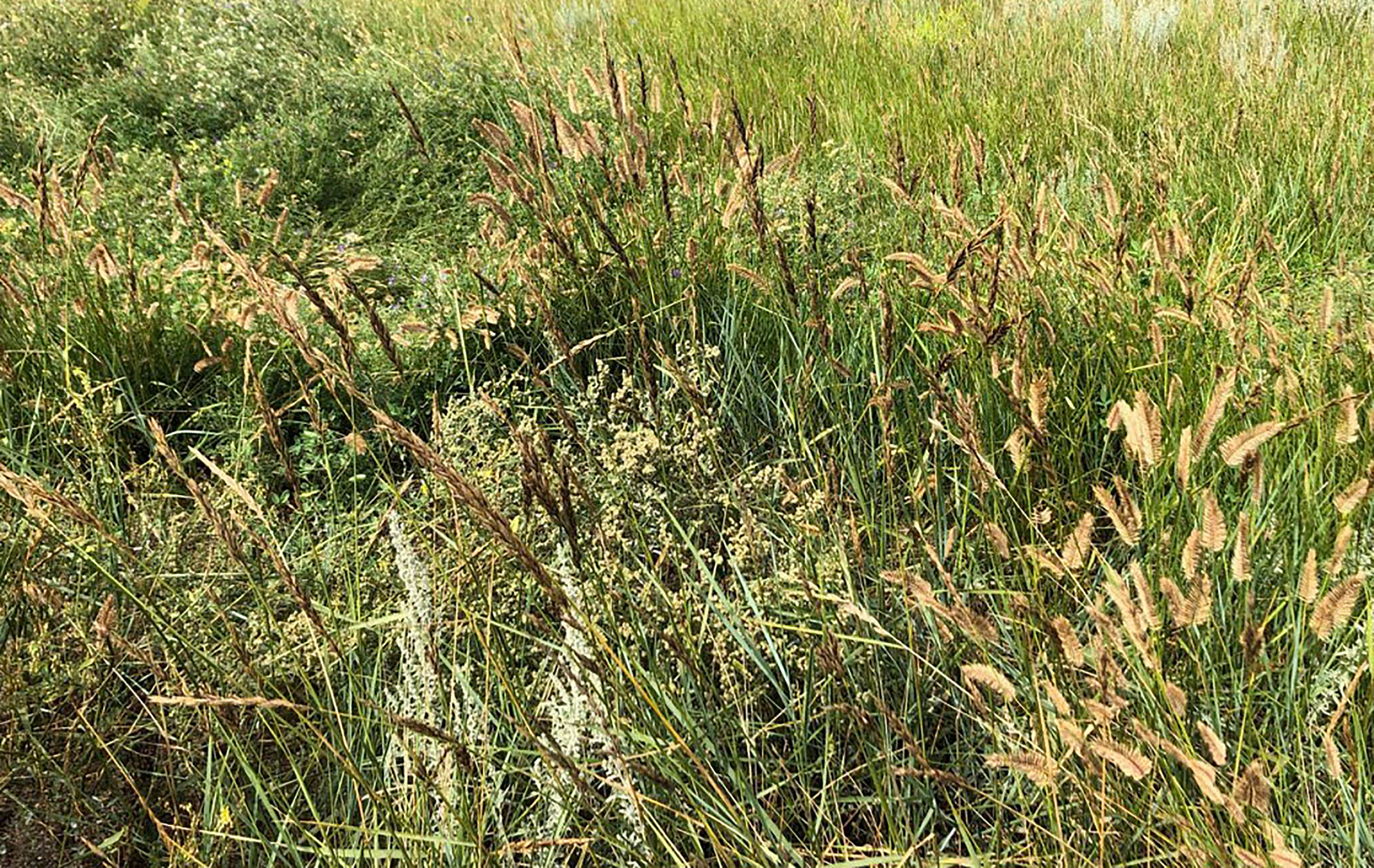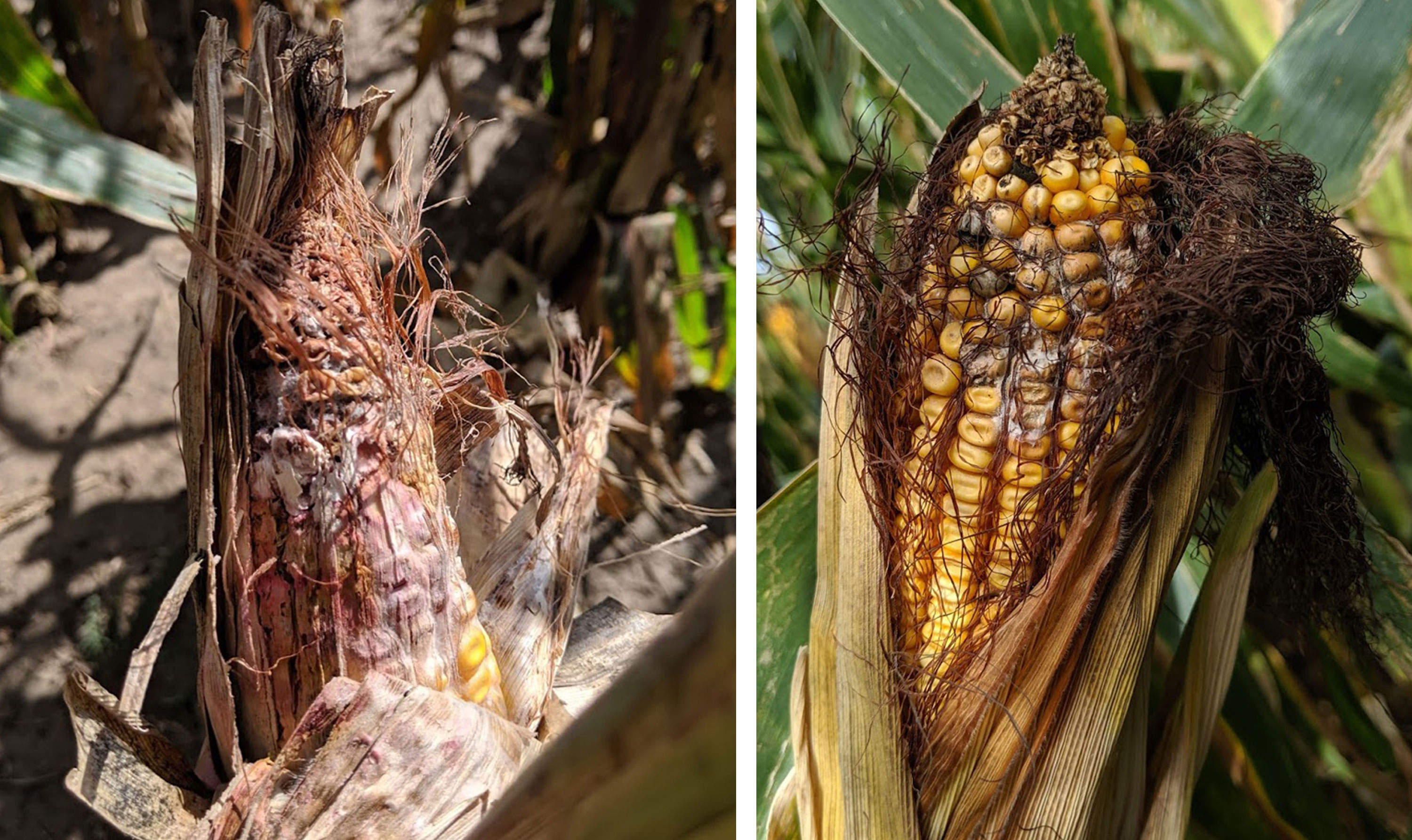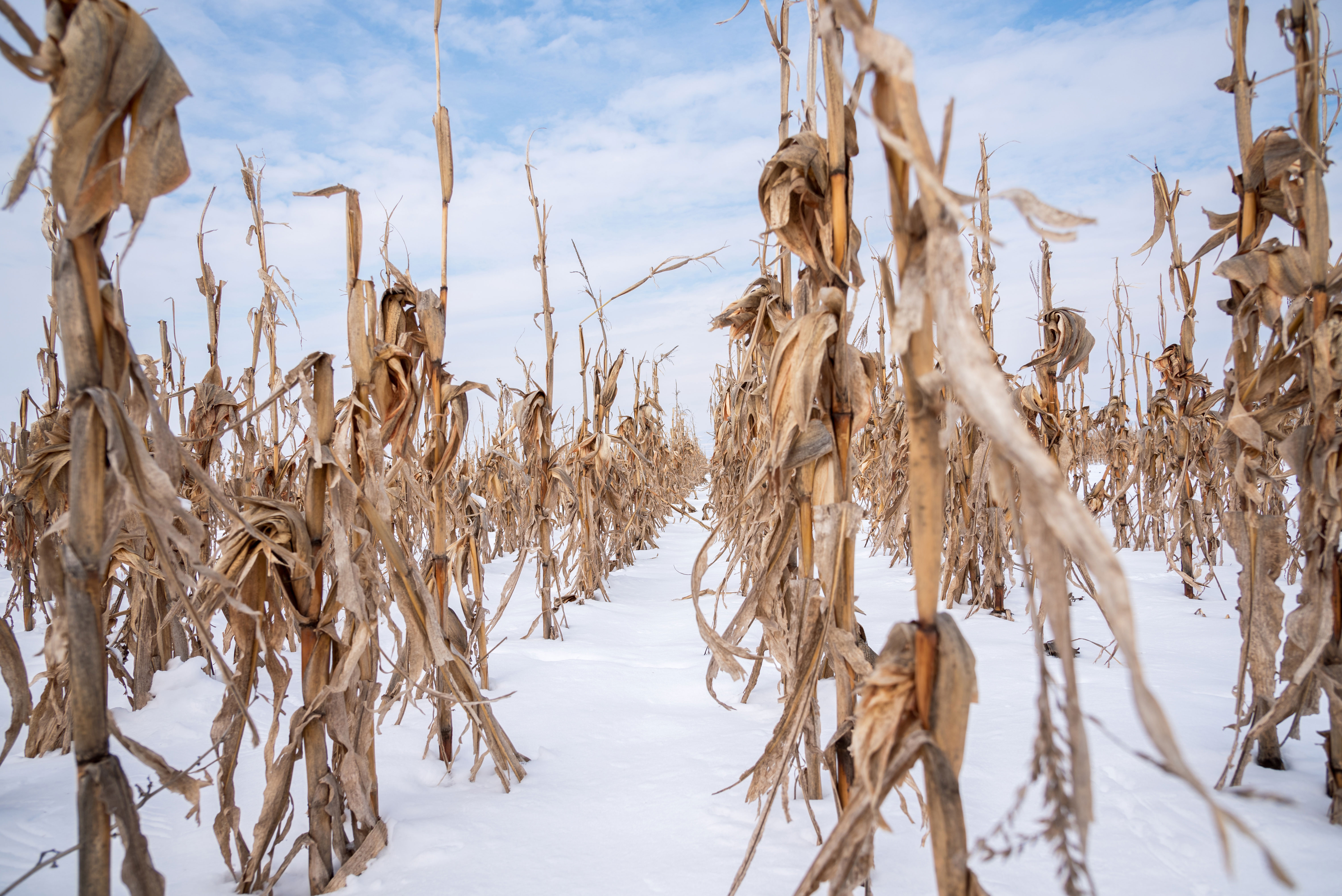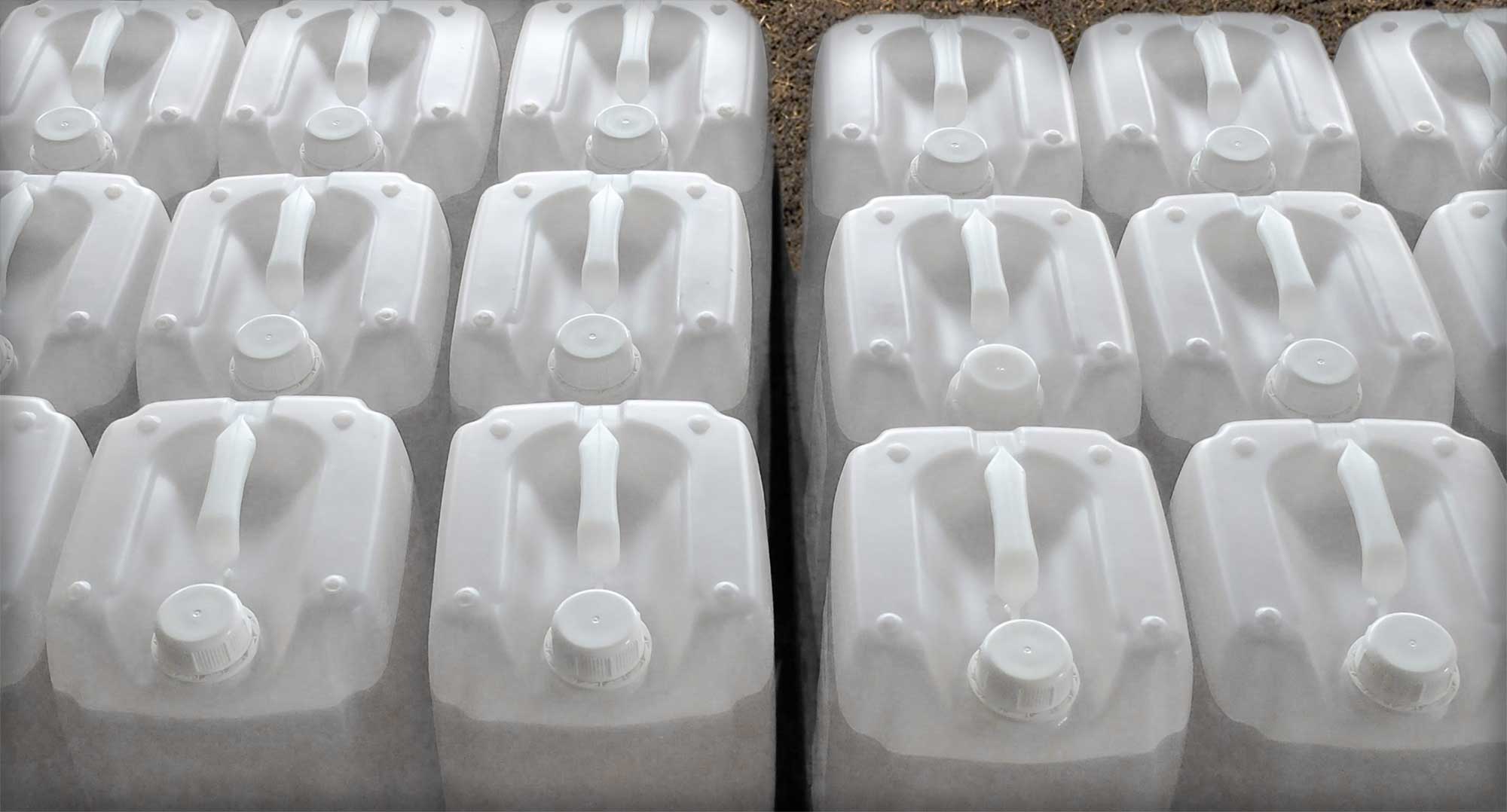Search

Ergot in Western Wheatgrass and the Potential Effects for Winter Grazing
2019 has been a year fraught with challenges for ranchers across South Dakota. Abundant precipitation is usually a blessing, however, wet conditions coupled with a cool spring followed by warmer temperatures has caused another problem across the rangelands of South Dakota: ergot poisoning.

How to Talk to Your Kids About COVID-19
Parents, it is important to talk to your children about what COVID-19 is and why it is a pandemic so they understand the cancellations and changes in their daily routines. Here are some tips from the CDC to help you talk to your children and how much information to expose them to.

Diabetes and COVID-19
If you are at higher risk of contracting COVID-19, it is important to take actions to reduce your chance of getting sick. Those at higher risk, including older adults and people who have serious chronic medical conditions like heart disease, diabetes, and lung disease, are encouraged to get ready now!

Gibberella and Fusarium Ear Rots Developing in Corn
Corn ear rots are one of the last diseases to scout for in the corn growing season, and sometimes they are ignored or forgotten entirely. Ear rots can cause yield loss in the form of grain quality at harvest, but also cause losses during storage.

Farm Practices That Improve Soil Health: Integrated Crop-Livestock Systems
An integrated crop-livestock system can provide an alternative management strategy that benefits producer’s income, soil health, and the environment—all while increasing production.

Standing Corn Considerations
The January 2020 South Dakota Crop Progress Report indicated four percent of S.D. corn acres remain in the field. Given the record rainfall of 2019, current snow pack levels and the 3-to-6-month precipitation forecasts, farmers will likely be dealing with a wet spring in 2020, thus making the removal of those acres important but hard to accomplish.

Pre-Plant Disease Management Considerations
If the forecast holds true, it looks like it is going to be another year of excessive soil moisture and possible flooding come this spring. The increased level of soil moisture has implications with regards to plant stand establishment as well as root rot and nematode infestations.

An identification guide to common Dung Beetles of South Dakota
A guide of common dung beetles of South Dakota.

What Are Those Little Red Mites on My House?
The periods of unseasonably warm weather, especially in Western South Dakota, have temporarily brought several insects and other arthropods out of their winter hiding places. One of the arthropods getting attention lately has been the clover mite.

New Training Options Available for Pesticide Applicators in 2021
January 07, 2021
Join us for more information on the pesticide applicator training in 2021.